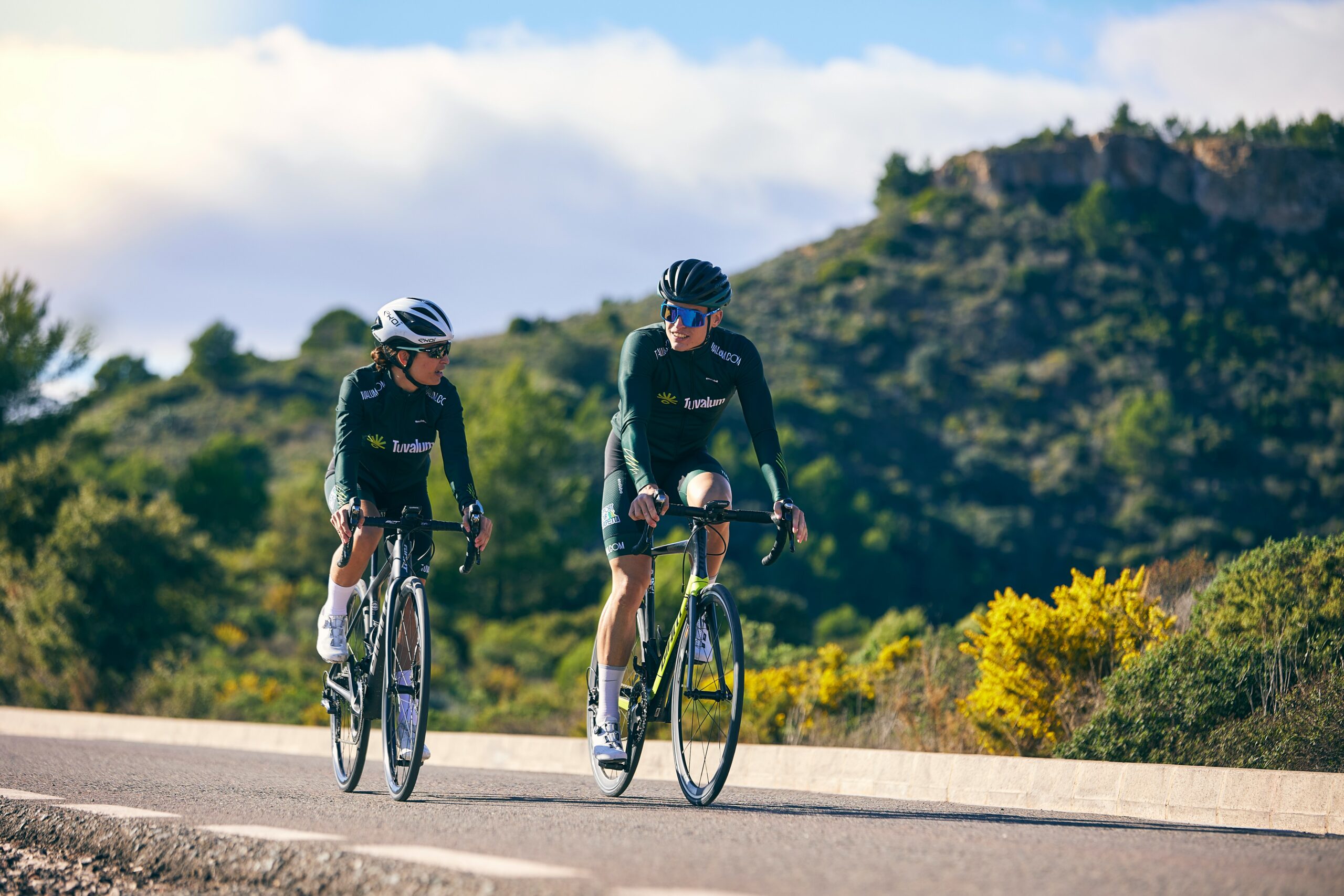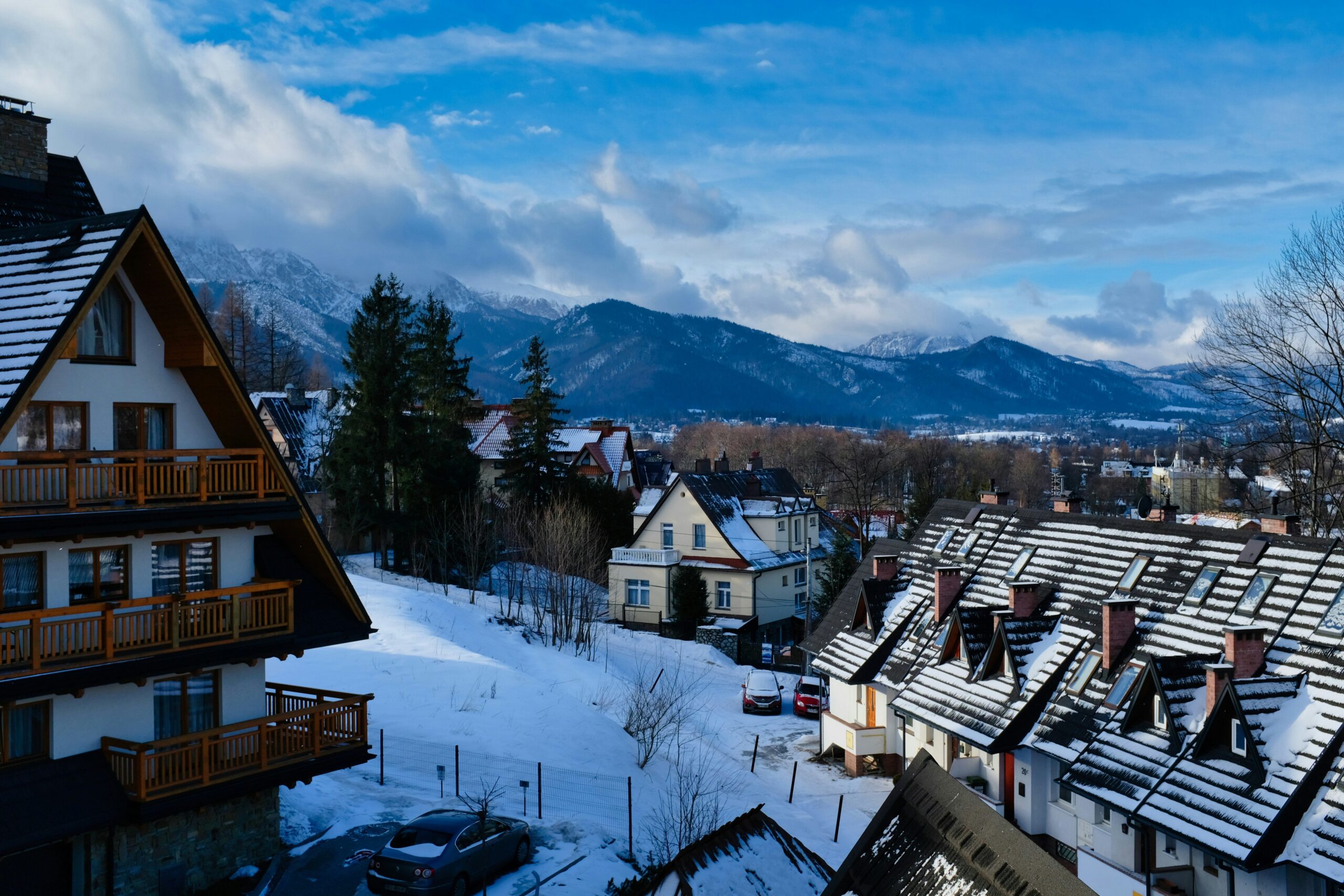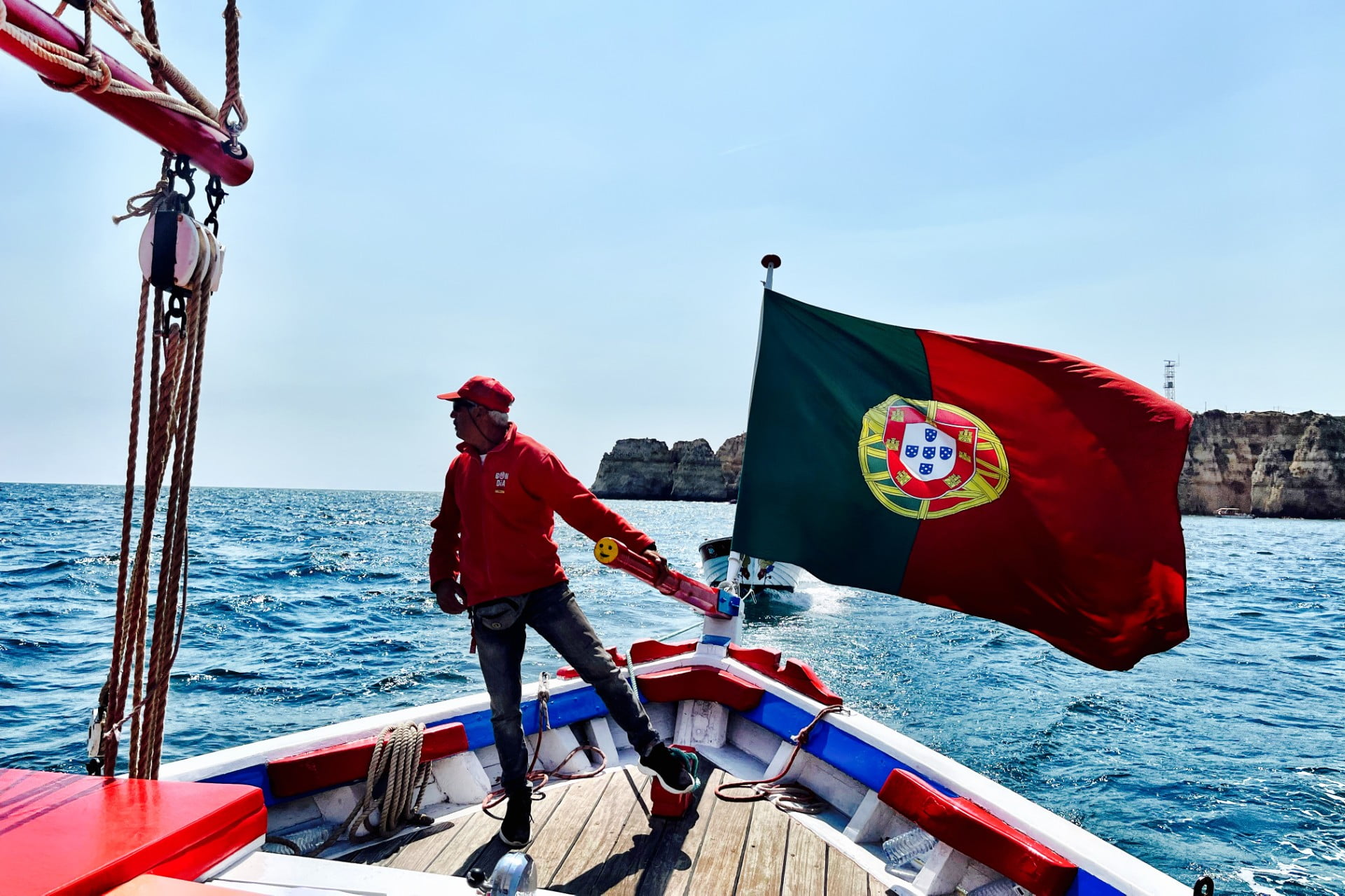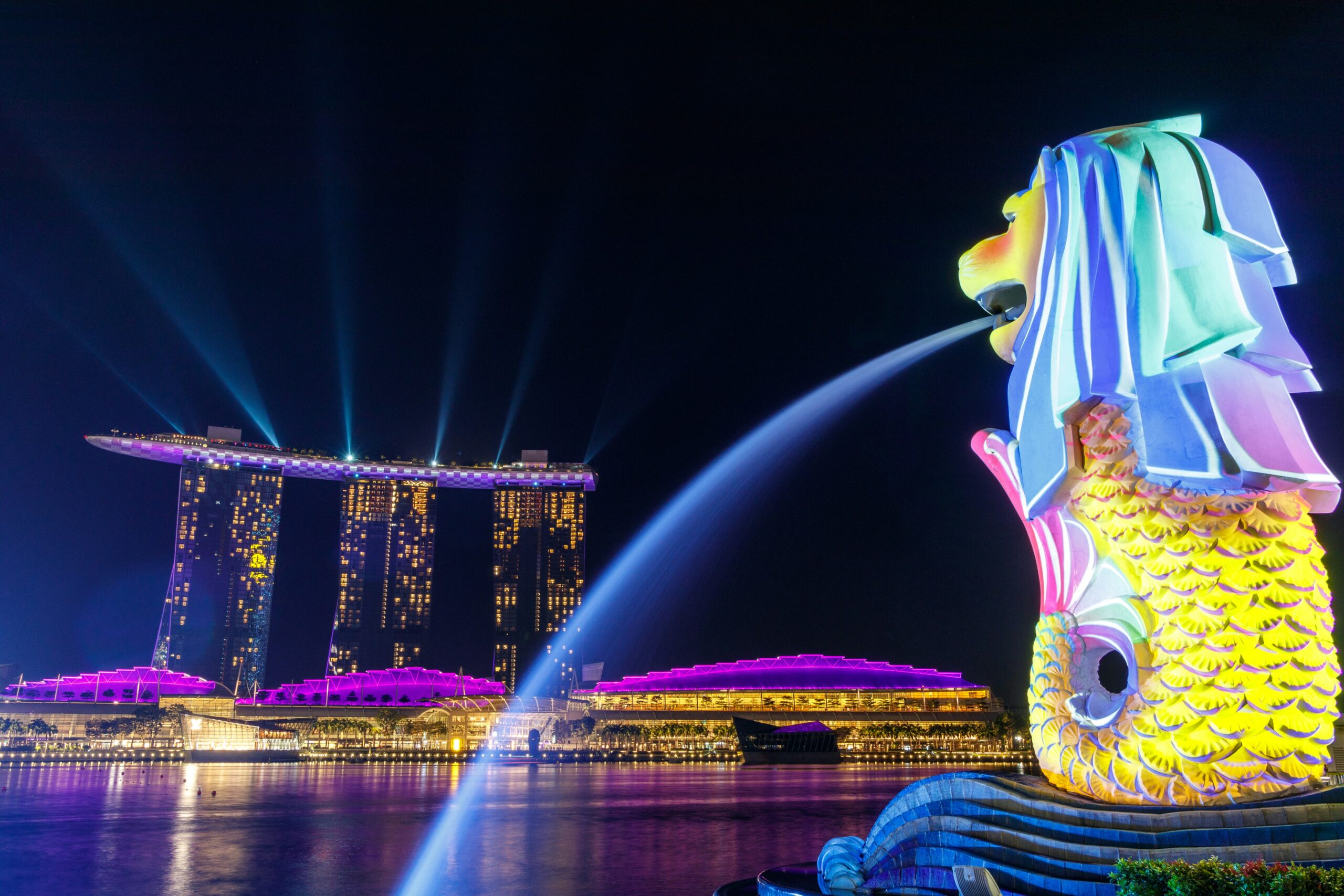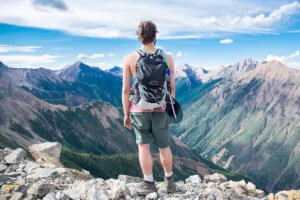Sports & Wellness Tourism: Destinations That Boost Physical and Mental Health
Travel has evolved beyond simple sightseeing. More people are seeking experiences that challenge their bodies, quiet their minds, and leave them genuinely transformed. This shift has created a fascinating blend: destinations where you can push your physical limits one day and sink into restorative therapies the next.
Whether you’re someone who needs to feel the burn of a mountain climb or prefers the gentle stretch of morning yoga overlooking the ocean, today’s wellness and sports tourism offers remarkable options. You might watch a major sporting event, then spend the afternoon in a thermal spa. You could surf challenging waves in the morning and meditate in a forest clearing by evening.
This guide explores ten destinations where athletic pursuits meet holistic wellness, with everything you need to plan your journey: practical costs, best seasons, what to bring versus what to rent locally, and why each place has earned its reputation among travelers seeking this particular kind of adventure.
Understanding the Wellness-Sports Connection
The Wellness Tourism Association defines a wellness destination as a place that “fosters and promotes wellness as an integral part of life within the community and economics of the region.” These locations typically feature natural assets like mountains, hot springs, or coastlines, combined with accessible wellness professionals and opportunities for active experiences.
What makes this especially interesting is how naturally sports tourism fits into this framework. A region with excellent cycling trails, surf breaks, or hiking paths often also offers the infrastructure for recovery: skilled massage therapists, yoga instructors, healthy cuisine, and spaces designed for rest.
The best destinations understand this balance. They recognize that pushing your body requires proper recovery, and that true wellness includes both movement and stillness.
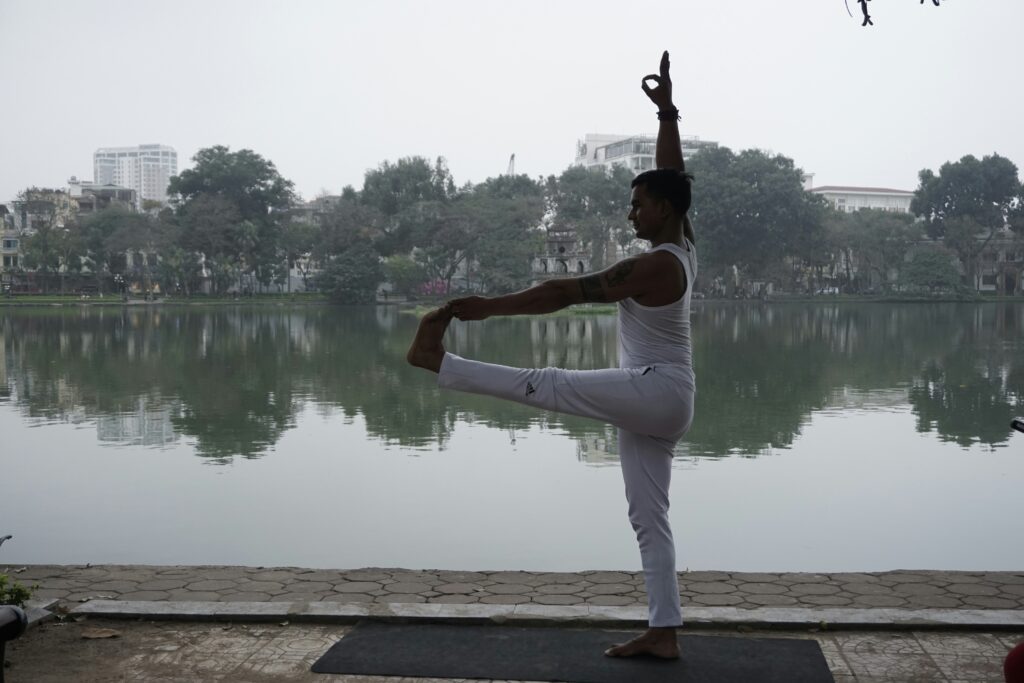
Top 10 Destinations for Active Wellness Travel
1. Bali, Indonesia
Bali continues to draw wellness seekers for good reason. The island offers genuine diversity: you can surf the breaks at Canggu, hike through rice terraces near Tegallalang, practice yoga in Ubud’s jungle studios, and end your day with traditional Balinese massage.
Getting there: Ngurah Rai International Airport in Denpasar connects to major Asian and international hubs.
Budget: Mid-range accommodations run $80-150 per night. All-inclusive yoga retreats typically cost $200-400 daily, covering meals and classes. Local warungs (small restaurants) offer excellent, inexpensive meals if you’re managing costs.
Best timing: April through October brings the dry season, ideal for outdoor activities. Ubud’s retreat centers operate year-round, though May and June offer particularly pleasant weather.
Ideal stay: Plan for 7-14 days. This allows time for both active pursuits and genuine relaxation without feeling rushed.
Pack or rent: Bring basic activewear, reef-safe sunscreen, and comfortable walking shoes. Rent surfboards, paddleboards, and bikes locally at reasonable rates. Many yoga studios provide mats.
Currency: Indonesian Rupiah (IDR). ATMs are widely available, but carry some cash for small vendors.
Local insight: Book accommodation in different areas to experience the island’s variety. Canggu for surf culture, Ubud for wellness and culture, Sanur for a calmer beach vibe.
2. Costa Rica
This Central American country has mastered the adventure-wellness combination. The same day might include zip-lining through cloud forests, soaking in volcanic hot springs, and practicing yoga as howler monkeys call in the distance.
Getting there: Juan Santamaría International Airport (San José) or Daniel Oduber Quirós International Airport (Liberia) both offer good connections.
Budget: Boutique eco-lodges range from $120-250 per night. Week-long packages combining adventure and wellness typically run $1,500-3,000, often including meals and activities.
Best timing: December to April offers the driest weather, though the “green season” (May-November) brings fewer crowds and lush landscapes.
Ideal stay: 10-12 days gives you time to experience both coasts, visit Arenal or Monteverde, and allow for travel days between regions.
Pack or rent: Bring trail shoes, a light rain jacket (weather can be unpredictable), and quick-dry clothing. Rent surfboards and specialized equipment locally. Most retreats provide yoga props.
Currency: Costa Rican Colón (CRC), though USD is widely accepted.
Local insight: The Nicoya Peninsula is designated a Blue Zone, one of five places worldwide where people live measurably longer, healthier lives. The region’s emphasis on wellness runs deep.
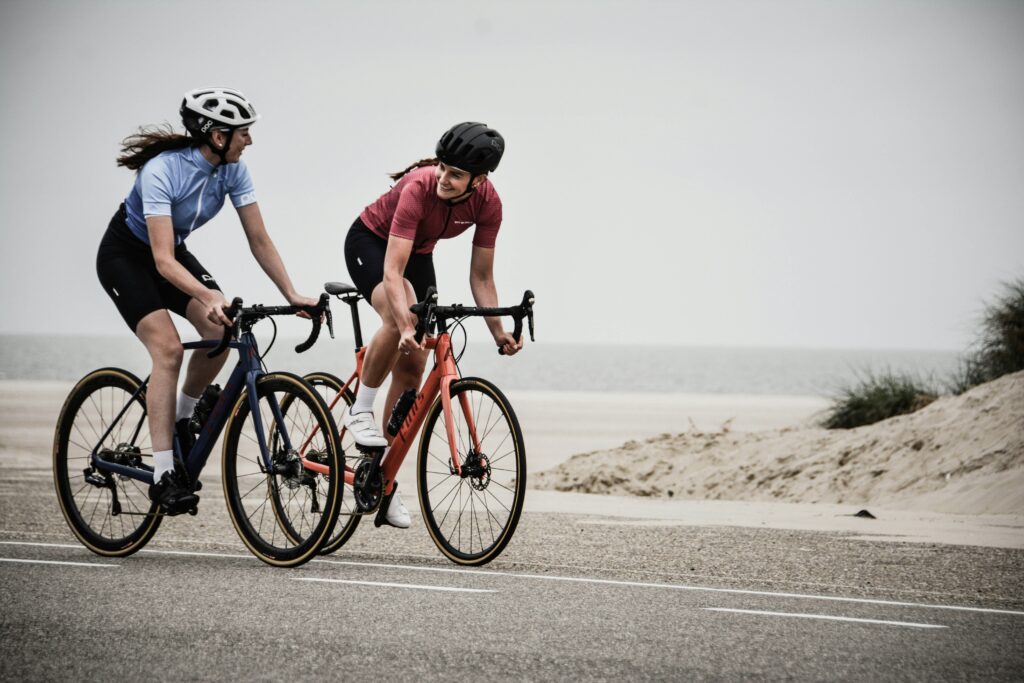
3. Mallorca, Spain
This Mediterranean island has become Europe’s cycling paradise while maintaining its wellness credentials. The Serra de Tramuntana mountains provide challenging routes, while coastal resorts offer thalassotherapy and spa treatments.
Getting there: Palma de Mallorca Airport (PMI) has excellent connections throughout Europe.
Budget: Expect €150-250 per night for hotels with bike storage and facilities. Dedicated wellness resorts run €300-400+. Restaurant meals average €15-30.
Best timing: April-May and September-October offer ideal cycling weather without summer crowds. Winter (November-March) sees many professional cycling teams training here.
Ideal stay: 6-8 days works well for most visitors, balancing active days with recovery time.
Pack or rent: Serious cyclists often bring their own bikes and gear. Casual riders can rent high-quality road bikes locally. Many resorts now offer padel equipment.
Currency: Euro (EUR).
Local insight: The island’s growing padel culture means most resorts now have courts. This sport, easier to learn than tennis, has become surprisingly social and accessible.
Suggested itinerary: Fly into Palma, spend 2-3 days cycling the coast and mountains, transition to a wellness resort for spa treatments and lighter activities, explore local villages by bike or foot.
4. Black Forest Region, Germany
Germany’s spa culture runs centuries deep, particularly around Baden-Baden. The region combines this heritage with modern wellness approaches and excellent hiking and cycling infrastructure.
Getting there: Fly into Karlsruhe/Baden-Baden Airport, or take the train from Frankfurt. Germany’s rail system makes car-free travel easy.
Budget: Quality spa hotels run €200-350 per night, often including some treatments and thermal bath access.
Best timing: May through September for outdoor activities. The thermal baths and spas operate year-round, making this a solid winter wellness destination too.
Ideal stay: 5-7 days allows for forest hikes, cycling, and proper spa time without feeling hurried.
Pack or rent: Bring comfortable walking shoes and layers for variable mountain weather. E-bikes are readily available for rent and make the hilly terrain more accessible.
Currency: Euro (EUR).
Local insight: German spa culture takes its thermal bathing seriously. Some facilities maintain traditional areas where clothing isn’t worn, so research your preferred spa’s policies beforehand.
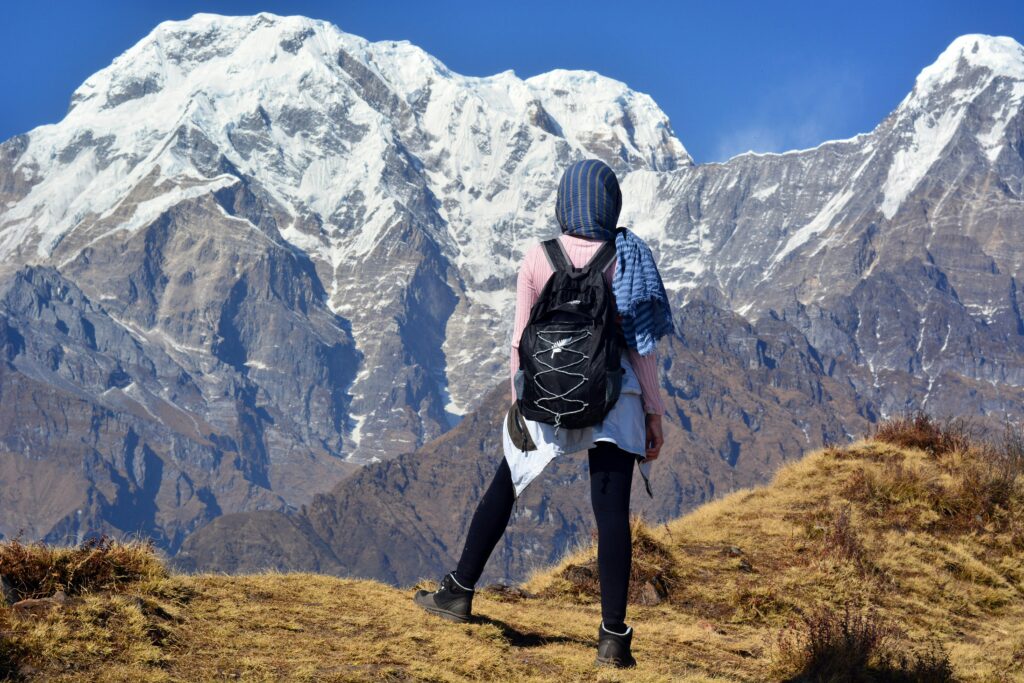
5. Lake Garda, Italy
Dramatic mountain landscapes meet Mediterranean climate at Italy’s largest lake. The region offers rock climbing, windsurfing, mountain biking, and hiking, plus thermal spas and wellness hotels with views that justify the journey alone.
Getting there: Fly into Verona (closest) or Milan, then drive or take the train. The lake’s towns are well-connected by ferry, which becomes part of the experience.
Budget: Hotels range €150-250 per night. Guided climbing or cycling experiences cost €80-150 per day. Budget extra for excellent local food and wine.
Best timing: May-June or September provide moderate temperatures ideal for outdoor activities. July and August bring crowds and heat.
Ideal stay: 7-9 days lets you explore different areas of the lake and balance active days with rest.
Pack or rent: If you climb, bringing your shoes makes sense. Otherwise, rent bikes, windsurfing equipment, and climbing gear locally. The lake’s northern end (Riva del Garda) is the windsurfing hub.
Currency: Euro (EUR).
Local insight: The lake creates its own microclimate. The northern end gets consistent winds perfect for sailing and windsurfing, while the southern shores stay calmer and warmer.
6. Queenstown & Southern Alps, New Zealand
New Zealand’s South Island delivers adventure in concentrated form: bungee jumping, skydiving, jet boating, mountain biking, and hiking. What’s less known is the growing wellness infrastructure designed specifically for recovery between adrenaline rushes.
Getting there: Queenstown Airport (ZQN) has direct connections from Australia and seasonal flights from Asia and North America. Alternatively, fly into Auckland and connect domestically.
Budget: Adventure lodges run $250-400 per night. Activity packages vary widely but budget $200-500 per day for guided experiences. Self-guided hiking and biking significantly reduce costs.
Best timing: December-March for summer adventures and long daylight hours. June-August for skiing and winter sports. Shoulder seasons (spring and fall) offer smaller crowds.
Ideal stay: 8-12 days minimum. The distances are significant, and you’ll want time to process the intensity of experiences.
Pack or rent: Bring good hiking boots and layers for changeable weather. Rent mountain bikes, skiing equipment, and adventure gear locally. Standards are high and prices reasonable.
Currency: New Zealand Dollar (NZD).
Local insight: The region’s wellness lodges increasingly offer contrast therapy (hot-cold exposure), recognizing that New Zealand’s glacial rivers and hot springs provide perfect natural facilities.
Must-do: Hike the Routeburn Track (one of New Zealand’s Great Walks) or tackle mountain bike trails around Queenstown, then recover with massage and sauna.
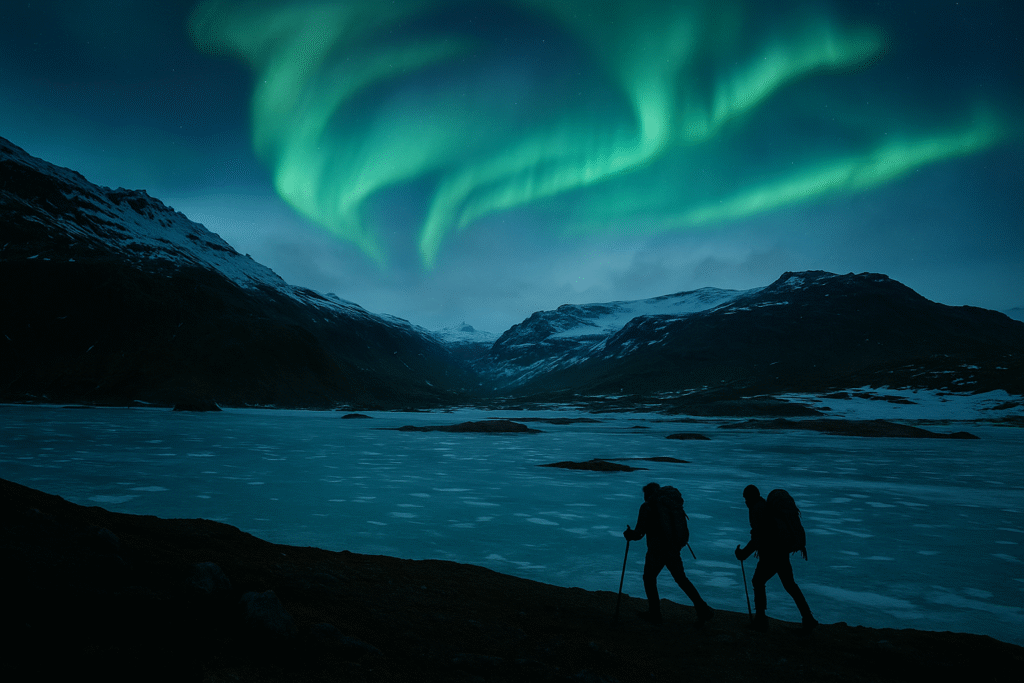
7. Iceland
Few places offer Iceland’s particular combination: geothermal spas heated by volcanic activity, hiking across lava fields and glaciers, cold plunges in mountain streams, and the Northern Lights as evening entertainment. The landscape itself becomes therapy.
Getting there: Keflavík International Airport, about 45 minutes from Reykjavik, connects well to North America and Europe.
Budget: Hotels run $180-300 per night. The famous Blue Lagoon charges $70-120+ for entry, depending on package level. Food costs are high, so budget accordingly.
Best timing: June-August for hiking and outdoor activities. September offers fewer tourists and possible Northern Lights. Winter (November-March) is for serious cold-therapy enthusiasts and aurora hunters.
Ideal stay: 5-7 days for the Golden Circle and Reykjavik area. Longer if exploring beyond.
Pack or rent: Waterproof jacket and layers are essential. Hiking boots with good grip. Rent camping equipment or specialized gear for glacier walks.
Currency: Icelandic Króna (ISK), though cards are accepted almost everywhere.
Local insight: Beyond the Blue Lagoon, local hot pots and natural pools offer authentic experiences without the crowds. Ask locals for recommendations.
Wellness note: The concept of hot-cold therapy feels natural here. Alternate between geothermal baths and cold Atlantic swims, a practice many Icelanders maintain year-round.
8. Thailand (Chiang Mai & Krabi)
Thailand offers perhaps the best value in wellness and sports tourism. Chiang Mai’s mountains provide excellent trekking and cycling, while its temples and meditation centers offer spiritual depth. Krabi’s limestone cliffs create world-class rock climbing, while its beaches host yoga retreats and Thai massage training centers.
Getting there: Fly into Bangkok, then connect domestically to Chiang Mai or Krabi. Both have their own international airports with some direct regional flights.
Budget: Boutique accommodations run $100-200 per night. Comprehensive wellness retreat packages cost $300-600 daily, including meals, classes, and treatments. Street food and local restaurants keep costs down.
Best timing: November through February offers cooler, drier weather. March-May gets hot. Monsoon season (June-October) brings afternoon rains but fewer tourists and lower prices.
Ideal stay: 7-10 days in one region, or split time between north (Chiang Mai) and south (Krabi/Phuket).
Pack or rent: Light, breathable clothing. Modest dress for temples. Rent climbing gear, yoga equipment, and bikes locally at excellent value.
Currency: Thai Baht (THB).
Local insight: Thai massage isn’t just spa indulgence here; it’s traditional medicine. Consider taking a short course to learn basics you can use at home.
Recommended: Combine morning Muay Thai classes (great workout) with afternoon traditional Thai massage. Many gyms and wellness centers offer exactly this combination.
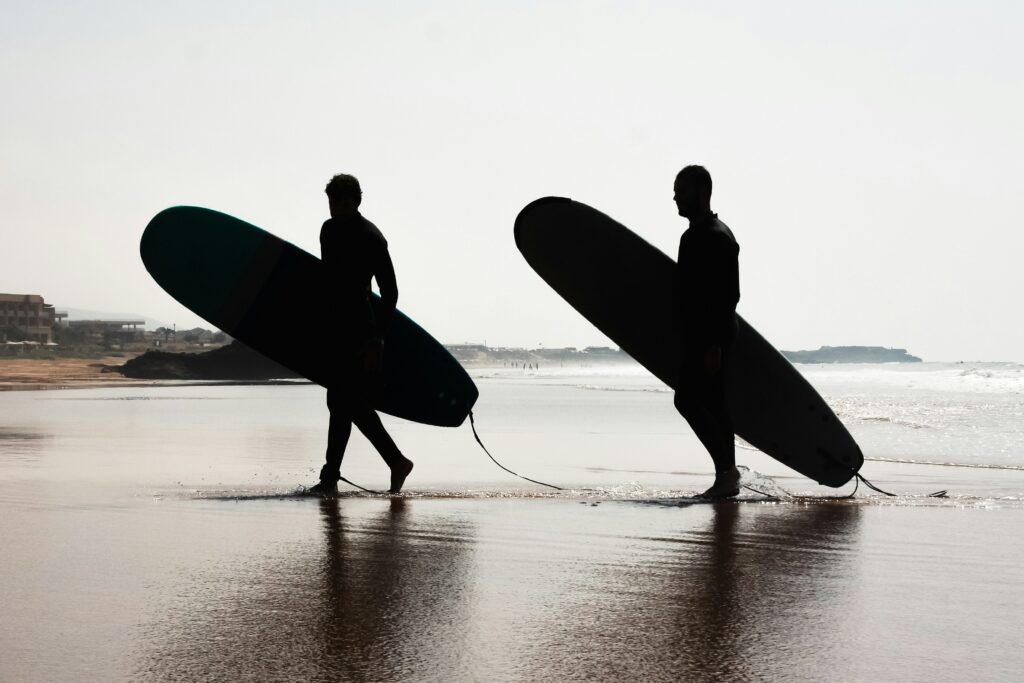
9. Portugal (Algarve & Lisbon Region)
Portugal’s Atlantic coast has exploded in popularity among surf and cycling enthusiasts, while its wellness infrastructure has grown to match. The Algarve offers consistent surf, stunning cliff walks, and yoga retreats, while Lisbon’s hills provide unexpected cycling challenges and the nearby Sintra mountains offer hiking and fresh air.
Getting there: Lisbon Portela Airport or Faro Airport (for the Algarve) both have strong European connections.
Budget: Hotels from €120-200 per night. Week-long sports and wellness packages run €1,000-1,800. Portugal remains one of Western Europe’s better values.
Best timing: April-May and September for ideal weather and smaller crowds. Summer (June-August) brings heat and tourists.
Ideal stay: 7 days minimum, split between coast and city or focused on one region.
Pack or rent: If surfing, bring your board shorts or bikini and wetsuit. Rent surfboards, paddleboards, and bikes widely available and affordable.
Currency: Euro (EUR).
Local insight: The Portuguese concept of “saudade” (a deep emotional state of nostalgic longing) infuses the culture. This contemplative quality enhances the wellness experience.
Food note: Portuguese cuisine has adapted beautifully to wellness trends while maintaining tradition. Fresh fish, incredible produce, and minimal processing make eating well easy.
10. Switzerland (Alpine Regions)
Swiss precision meets alpine beauty in wellness tourism. The country offers high-altitude training (thinner air strengthens the cardiovascular system), world-class skiing, hiking trails that could fill months, and wellness clinics with serious medical credibility.
Getting there: Zurich or Geneva airports, then efficient trains reach alpine regions. Switzerland’s public transport system is legendary for good reason.
Budget: Luxury resorts start at $300-500+ per night. Wellness clinics offering medical programs cost significantly more. More modest mountain hotels offer better value while maintaining quality.
Best timing: June-September for hiking and summer activities. December-March for skiing and winter sports. Shoulder seasons can be quiet as some facilities close.
Ideal stay: 7-10 days minimum. High altitude requires adjustment time, and rushing defeats the purpose.
Pack or rent: Quality outdoor gear matters in alpine environments. Bring good boots and layers. Rent e-bikes, mountain bikes, and winter sports equipment locally.
Currency: Swiss Franc (CHF). Switzerland is expensive; budget accordingly.
Local insight: The Swiss concept of “wellness” often includes medical components (vitamin infusions, detox programs, diagnostic health checks) uncommon elsewhere. Research your resort’s philosophy to ensure it matches your interests.
Best for: Serious athletes wanting altitude training, or anyone seeking the combination of pristine nature and medical-grade wellness services.
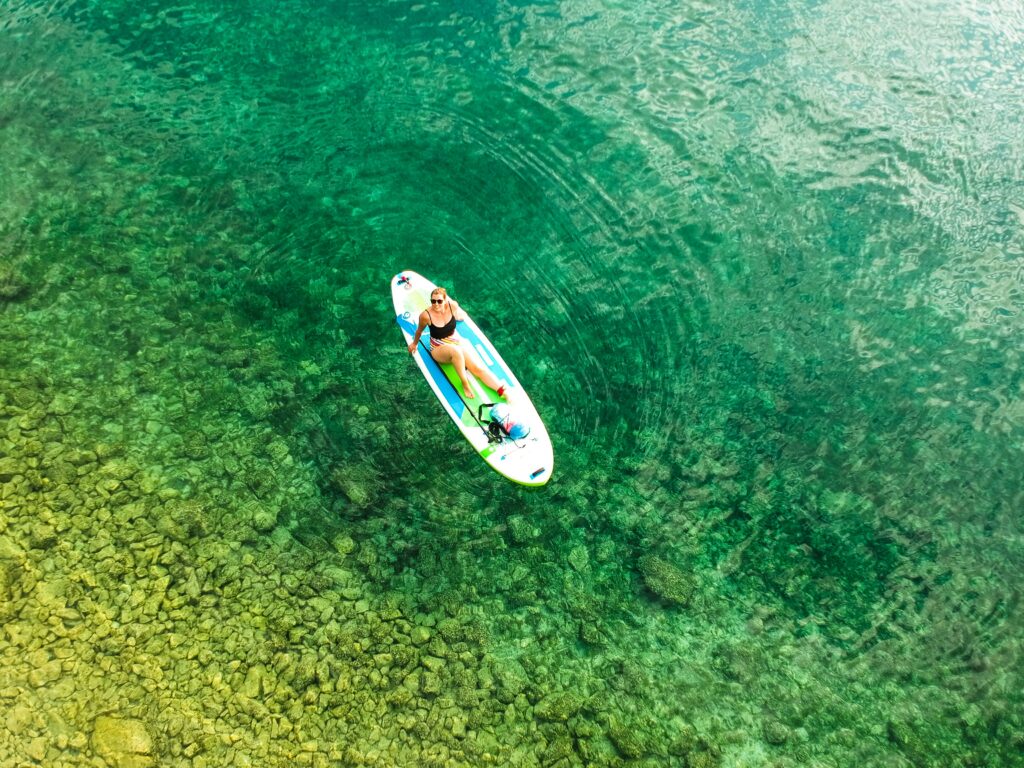
Planning Your Sports & Wellness Journey
How Long Should You Stay?
The minimum for meaningful benefit is 5-7 days, but 10-14 days allows your body and mind to truly shift gears. You need time not just for activities but for the rest that makes them sustainable. Plan active days and recovery days in alternating patterns.
Managing Your Budget
These destinations range from affordable (Thailand, Portugal, Costa Rica) to expensive (Switzerland, Iceland, New Zealand). A mid-range daily budget runs $200-350 in most locations, covering accommodation, meals, activities, and treatments. Luxury wellness resorts easily double this.
Add buffers for:
- Equipment rentals
- Spa treatments and wellness services
- Healthy restaurant meals (often pricier than standard options)
- Activity guides and courses
- Travel insurance that covers sports activities
What to Pack Versus Rent
Always pack: Versatile activewear, comfortable walking shoes, swimsuit, light jacket, personal medications, reef-safe sunscreen, a refillable water bottle.
Consider packing: Your own yoga mat (though travel versions exist), workout accessories you prefer, specific footwear for your sport.
Rent locally: Surfboards, bikes, climbing gear, paddleboards, skis, wetsuits, and most specialized equipment. Renting saves luggage fees, prevents damage to your gear, and lets you try different equipment.
Timing and Events
Research your destination’s climate patterns carefully. Monsoons, extreme heat, or harsh winters can limit activities. Look for:
- Major sporting events (cycling tours, surf competitions, marathons)
- Wellness festivals and retreats
- Seasonal activities (skiing, specific water sports)
- Shoulder seasons offering better value and fewer crowds
Book popular wellness retreats and luxury resorts months in advance, especially for peak seasons.
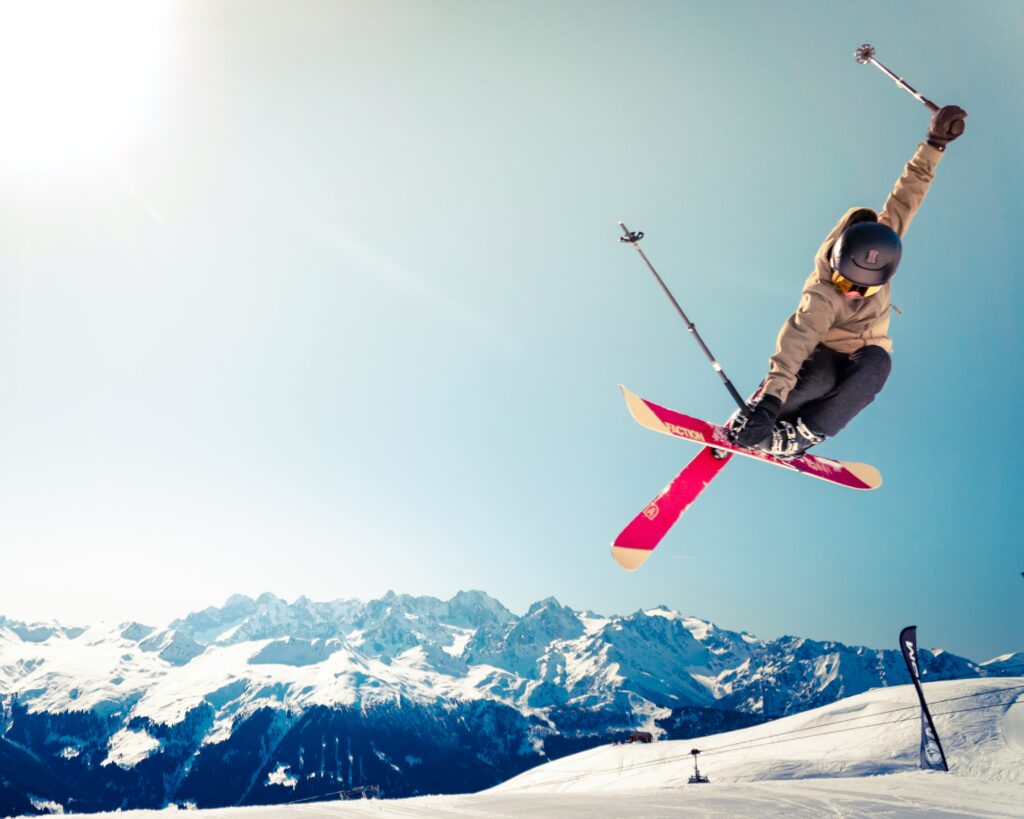
Apps and Digital Tools
Navigation and tracking:
- Strava or Komoot for mapping cycling and running routes
- AllTrails for hiking
- Windy for wind and weather (especially useful for water sports)
Wellness and booking:
- BookRetreats for finding yoga and wellness retreats
- Mindbody for finding local studios and booking classes
- Headspace or Calm for meditation support
Local information:
- Google Maps works well for most destinations
- Local tourism apps for each region
- Google Translate for non-English speaking destinations
Finding Specialized Agencies
Look for travel companies that understand the sports-wellness connection:
- Adventure travel companies adding wellness components
- Yoga retreat organizers incorporating local sports
- Cycling tour companies partnering with spas
- Surf camps offering yoga and meditation
The Wellness Tourism Association maintains directories of certified wellness destinations and providers. Many regions now have specialized agencies that create custom itineraries balancing activity and recovery.
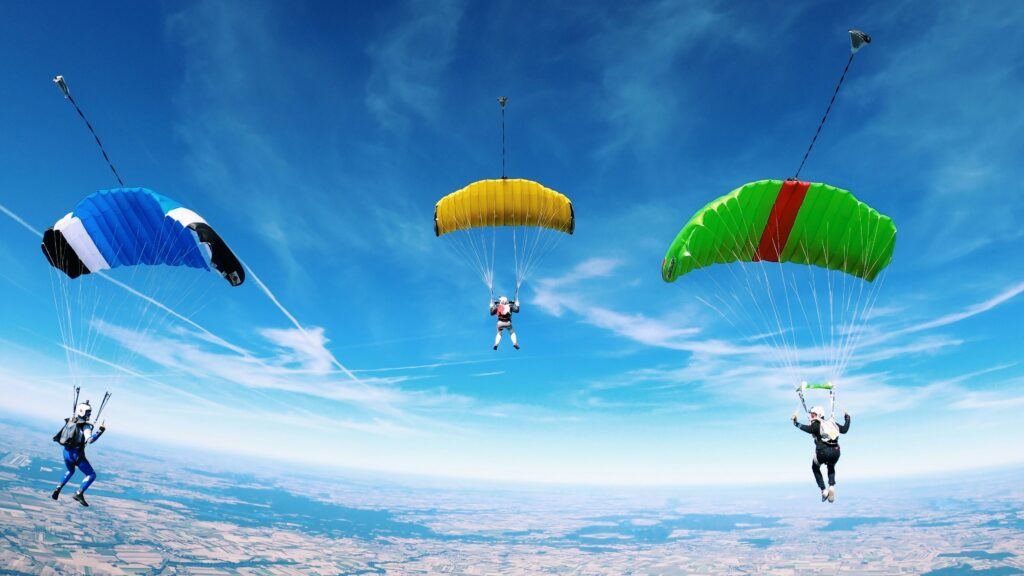
Health and Safety Considerations
Before booking:
- Verify your travel insurance covers your planned activities
- Check visa requirements early
- Research vaccination recommendations
- Consider altitude if relevant (Switzerland, parts of New Zealand)
During your trip:
- Build in rest days; recovery is when improvement happens
- Stay hydrated, especially during activities and at altitude
- Listen to your body; pushing through injury defeats the purpose
- Eat well; nutrition supports both performance and recovery
- Get adequate sleep; this is when your body repairs itself
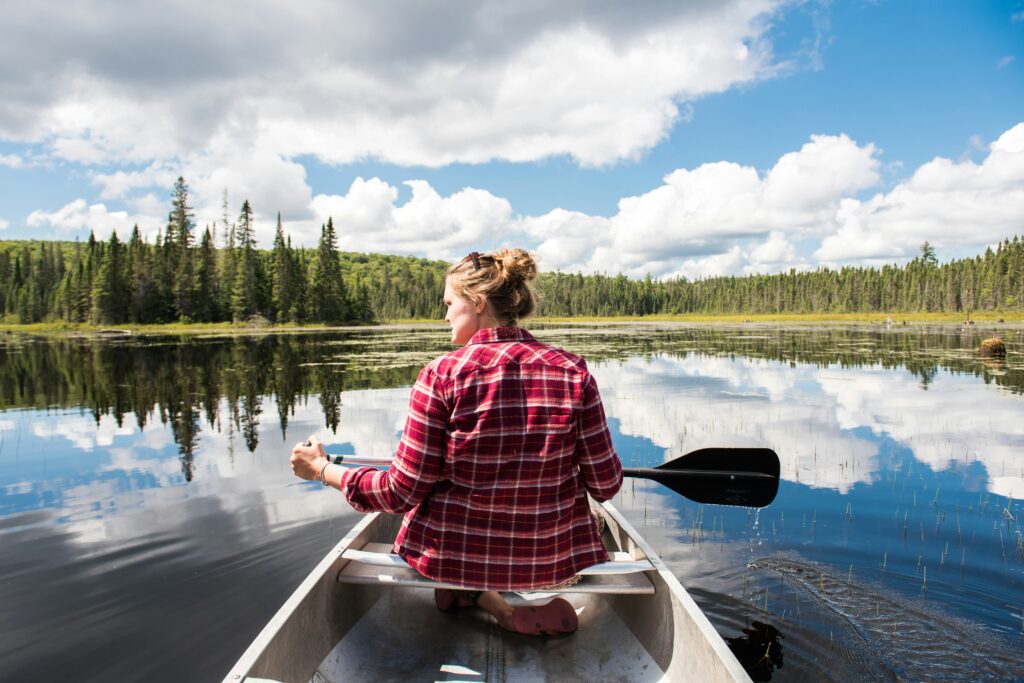
Why This Matters Now
Something fundamental has shifted in how people think about travel. The pandemic accelerated a trend already building: travelers increasingly want experiences that improve them, not just distract them. They want to return home stronger, calmer, more capable than when they left.
Sports and wellness tourism meets this desire perfectly. You’re not just seeing a new place; you’re using that place’s unique assets (mountains, waves, altitude, geothermal activity, traditional practices) to become a better version of yourself.
The growth reflects broader cultural shifts toward:
- Preventive health rather than reactive treatment
- Experience over consumption
- Personal development as worthy investment
- Integration of physical and mental wellbeing
According to recent industry analysis, wellness tourism is expanding faster than general tourism, and destinations that successfully combine activity with restoration are seeing the strongest growth.
Choosing Your Destination
Match the location to your current needs:
If you’re burned out and need gentle recovery: Consider Bali’s Ubud area, the Black Forest’s spa towns, or Iceland’s geothermal baths with easy hiking.
If you want to push your limits: New Zealand’s adventure sports, Switzerland’s high-altitude training, or Thailand’s Muay Thai camps.
If you’re seeking balance: Mallorca’s cycling and spa culture, Costa Rica’s adventure and hot springs, or Lake Garda’s varied activities and thermal baths.
If budget matters: Thailand, Portugal, and Costa Rica offer excellent value. Bali provides remarkable experiences at reasonable costs.
If you’re combining with work: Portugal and Mallorca have strong digital nomad communities. Bali’s Canggu and Ubud offer excellent infrastructure for remote workers.
If you want European sophistication: Mallorca, Black Forest, Lake Garda, or Switzerland deliver polished experiences with reliable infrastructure.
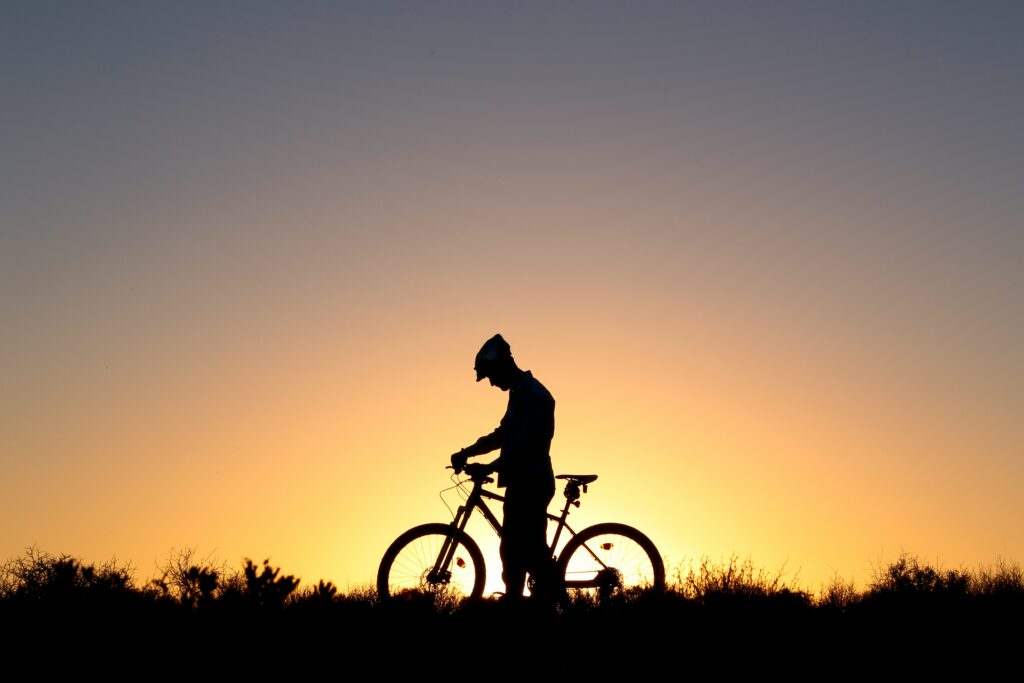
Creating Your Itinerary
A well-designed sports and wellness trip follows natural rhythms:
Days 1-2: Arrive, adjust to timezone and altitude. Light activities only. Use this time for initial spa treatments and settling in.
Days 3-5: Increase activity intensity. Try different sports or activities. Your body is adapting.
Days 6-7: Peak activity or focused practice. This is when you push boundaries or immerse in your primary activity.
Days 8-9: Reduce intensity. Focus on wellness treatments, easier activities, and integration.
Day 10+: Final gentle activities, departure preparation, reflection on the experience.
This pattern prevents injury, maximizes enjoyment, and allows real change to occur.
The Return Home
The best sports and wellness trips don’t end at the airport. You return with:
- New capabilities (skills learned, fitness gained)
- Changed perspectives (from immersion in different approaches)
- Sustainable practices (techniques you can continue)
- Renewed energy (from proper rest and challenge)
Build in a buffer day before returning to regular life. Use it to unpack, reset your home space, and prepare mentally for reentry.
Consider how you’ll maintain momentum. Which practices can you continue? What local resources (gyms, studios, practitioners) support what you discovered? How will you build rest and recovery into your regular routine?
Start Planning
These ten destinations represent different approaches to the same goal: helping you feel more alive, capable, and balanced. Each offers its own combination of challenge and restoration, adventure and peace.
The journey toward better physical and mental health doesn’t require perfection. It requires showing up, staying curious, and giving yourself permission to prioritize your wellbeing. Whether you surf, cycle, climb, or simply walk mindfully through new landscapes, these destinations provide the setting.
The rest is up to you. 🙂
Related Post: Destinations for Relaxation and Wellness: Spas and Yoga Retreats
